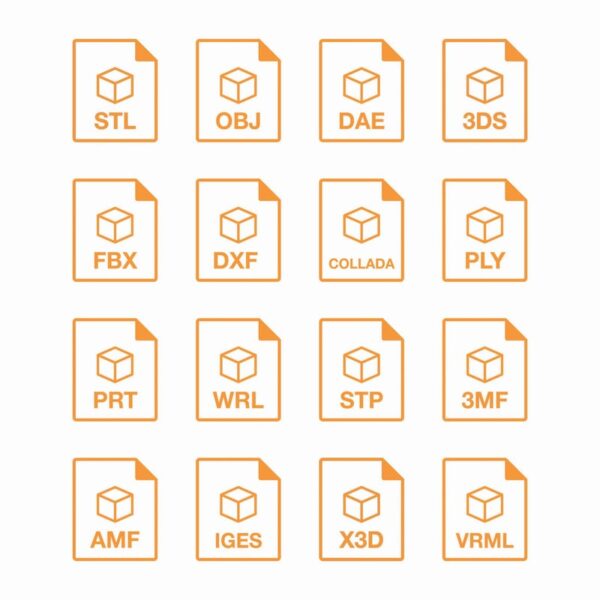CAMWorks Removes the Need for .STP Files
For manufacturers, smooth integrations lay the foundation for efficiency. While STP files may have played a key role in legacy processes, they are no longer necessary for the engineering to manufacturing transition.
With over a decade of manufacturing expertise, Matt Moseman of DEVELOP LLC is duly familiar with the inefficiencies of designing, exporting, and CAMing every single engineering change using a disjointed CAD-CAM solution. Throughout the process, countless personnel hours were lost. When DEVELOP was in the market for a CAM solution, Matt drew on these hard-learned experiences to select CAMWorks, an easily-integrated software that lives inside SOLIDWORKS and is supported by Hawk Ridge.
Seamless Integration with SOLIDWORKS
A successful prototyping process hinges on iterations and output. By streamlining this loop, results can be refined faster and products can be brought to market quicker. By living inside SOLIDWORKS, CAMWorks ensures there is a single native file for your CAD and CAM while relating your parametric features to your CAM. As a result, you can expect instant CAM updates for 80% of your engineering changes. This is essential, as misalignments between your CAD and CAM can result in costly rework, breakdowns in communication, and time-consuming delays.
CAMWorks leverages automated regeneration to rewrite your CAM, running the Computerized Numerical Control (CNC) on an expedited basis for Engineering Change Orders (ECOs). Essentially, your CAM will regenerate automatically when you change your CAD, meaning that you do not need to deal with cumbersome STP files. All throughout the process, CAMWorks utilizes AI to build knowledge into your TechDB. As a result, CAMWorks gradually accelerates your product iteration cycle by, for example, handling the CAM of a feature you already designed and cut.
Combatting Rogue Files
Ask an experienced CNC programmer and they will tell you that rogue files can be a major time sink. In a previous position, Matt recalls manufacturing a part based on a 3D file and shipping them with confidence, only to learn that the previous designer and supplier’s CAD-CAM solution produced rogue files. Although they made changes to the CAM, the CAD file was never updated. Matt’s parts were machined to the CAD they supplied as opposed to what was needed based on the CAM file. If they were using a single-source solution, the CAD would have automatically regenerated the CAM, meaning that there would be virtually no benefit to solely updating the CAM.
In the end, more steps means more opportunities for mistakes. The majority of CAD and CAM packages do not integrate seamlessly, leading to translation errors and mismatched files. As a result, product development teams are at risk while your team as a whole is not operating at maximum efficiency.
The DEVELOP team has learned the value of a single-step solution firsthand, creating high-quality products in a fraction of the time of previous solutions. Throughout the process, they have forged invaluable relationships with other shops using the same methodology. By cutting out STP files through CAMWorks, the DEVELOP team has mitigated a host of associated complications, avoiding unexpected issues to meet deadlines with greater consistency.

